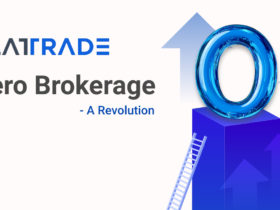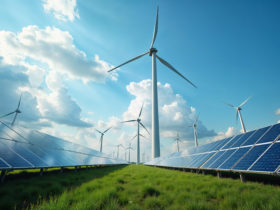Electric buses segment is expected to witness healthy demand in the coming years as the segment will be at the forefront of India’s electrification drive and e-buses is estimated to account for 11-13% of new bus sales by financial year 2025, according to rating agency ICRA. Electric bus adoption has already been steadily growing the last few years, with volumes as well as penetration levels rising consistently to 7% in 2023.
Steady progress has been achieved in e-bus deployment targets under the Faster Adoption and Manufacturing of Hybrid and Electric Vehicles (FAME) scheme, and this momentum is expected to accelerate in the coming months as the scheme expires in March 2024, the rating agency said. Many state EV policies have also set specific e-bus adoption targets and timelines to spur electrification, ICRA noted.
Government support
According to ICRA’s Kinjal Shah, bus cost is the biggest expense for e-bus projects, making up 75-80%. However, the ₹35-55 lakh capital subsidy provided for a bus under FAME II scheme can fund a large part of the project costs (up to 40% of the costs), improving the feasibility of these projects. This subsidy along with 3-5x lower fuel expenses compared to diesel/CNG buses, help in reducing the total cost of ownership of electric buses by 10-25%.
In addition, the government has also pushed e-bus adoption via bid aggregation under tenders floated by Convergence Energy Services Limited (CESL). With higher volumes under these tenders, original equipment manufacturers (OEMs) showed healthy interest and participation in the first two tenders.
However, CESL’s third tender saw limited participation due to lack of a payment security mechanism and a dry lease model of operation proposed for it and had to be subsequently scrapped. Addressing these concerns of the OEMs would be vital to ensure faster adoption of electric buses in the country.
Gross Cost Contract (GCC) model
The gross cost contract (GCC) model has become the preferred e-bus adoption route in India as the FAME II scheme offers capital subsidy only for buses procured under this route. This GCC model significantly reduces steep upfront capital costs for cash-strapped state road transport undertakings, while improving electrification by increasing private participation in the segment.
However, ICRA notes that while execution-related risks are low, operational risks are higher given India’s limited EV experience. Operators with direct backing from the e-bus OEMs, and with adequate financial muscle and flexibility, would be in a better position to establish a strong presence in this segment.
ICRA said in the report that as the GCC model matures over time, e-buses should see increased adoption aided by favourable cost economic. Among vehicle segments, buses will likely be the first to achieve higher electrification, especially for intra-city operations. While limited charging infrastructure, range anxiety and high capital costs have been the key deterrents in electrification across segments, these are relatively low for the bus segment,” added Shah.
Overruns in execution phase
The rating agency said that electric bus projects executed so far have experienced some delays, even when accounting for extensions provided due to Covid-19. Moreover, there have also been some cost overruns during the execution phase, but these have largely been funded through additional investments by the project sponsors/promoters, either as equity or non-convertible debentures, without negatively impacting project feasibility.
The operational performance of the e-buses deployed so far has been satisfactory, with bus usage and availability meeting project requirements. Further, bus energy efficiency has been in the range of 0.7-1.2 KwHr/km. However, it is vital that the buses to maintain this level of efficiency as the batteries deteriorated over time due to wear and tear, ICRA noted.
Outlook
ICRA said that government subsidies will help drive adoption of electric vehicles in the initial years, however, expectations are that capital costs will decrease over time as more local manufacturing develops and battery technology advances. Lower costs, along with beneficial operating economics compared to traditional vehicles, should support electric vehicle sales growth in later years without subsidies.
Nevertheless, it remains crucial that issues raised by vehicle manufacturers are addressed, notably putting in place payment security systems and ensuring access to long-term funding options. Resolving these concerns will be crucial to guarantee that the momentum behind vehicle electrification built so far can be sustained going forward.
Stocks to watch
Olectra GreenTech, Switch Mobility (subsidiary of Ashok Leyland), Tata Motors, JBM Motors (JBM Auto), VE Commercial vehicles Ltd (Eicher Motors).





